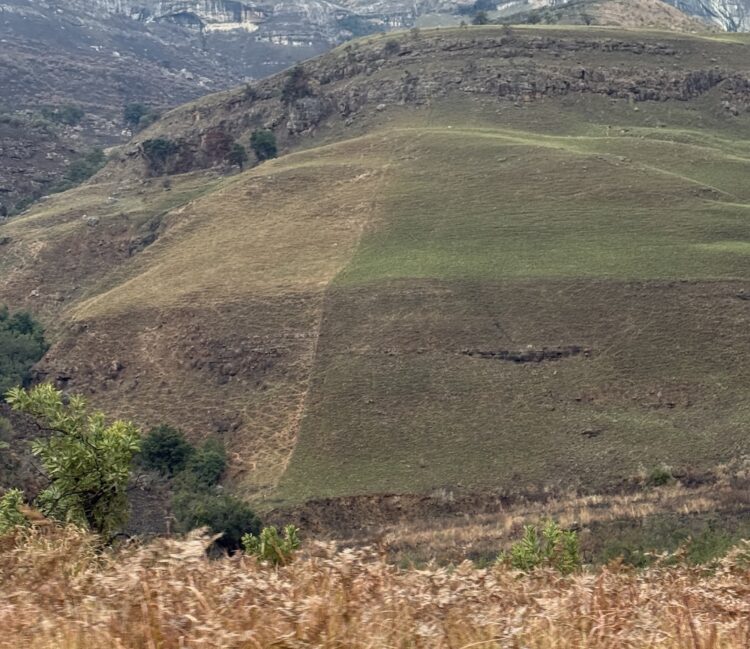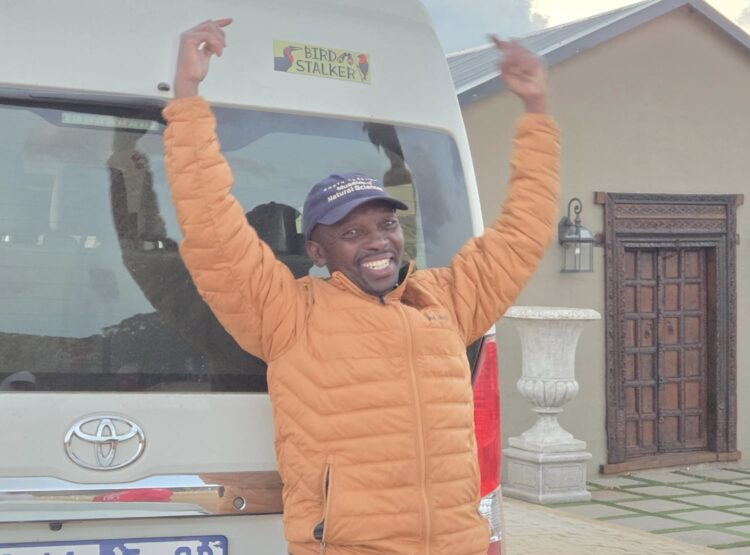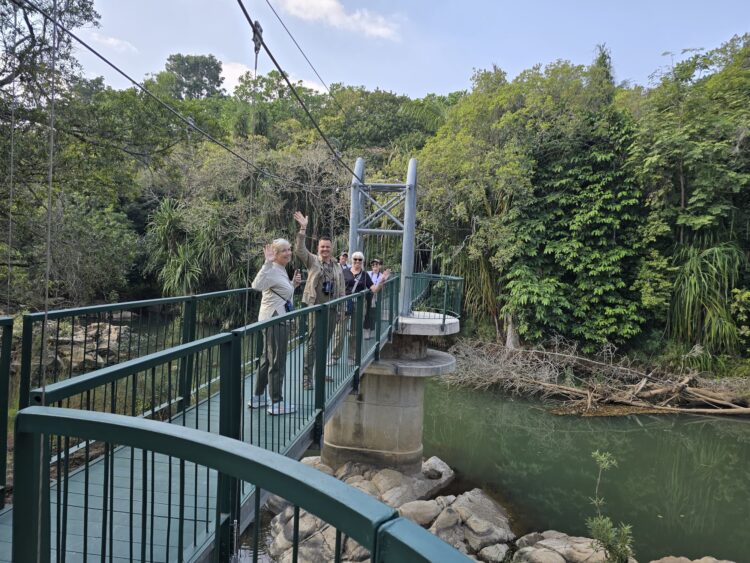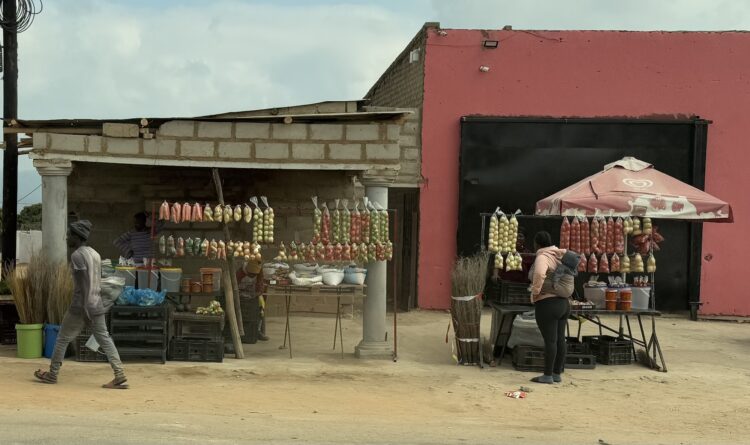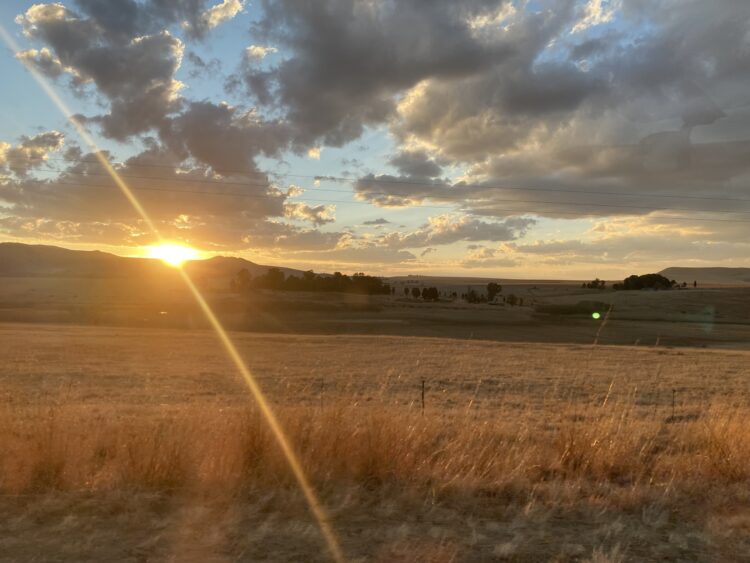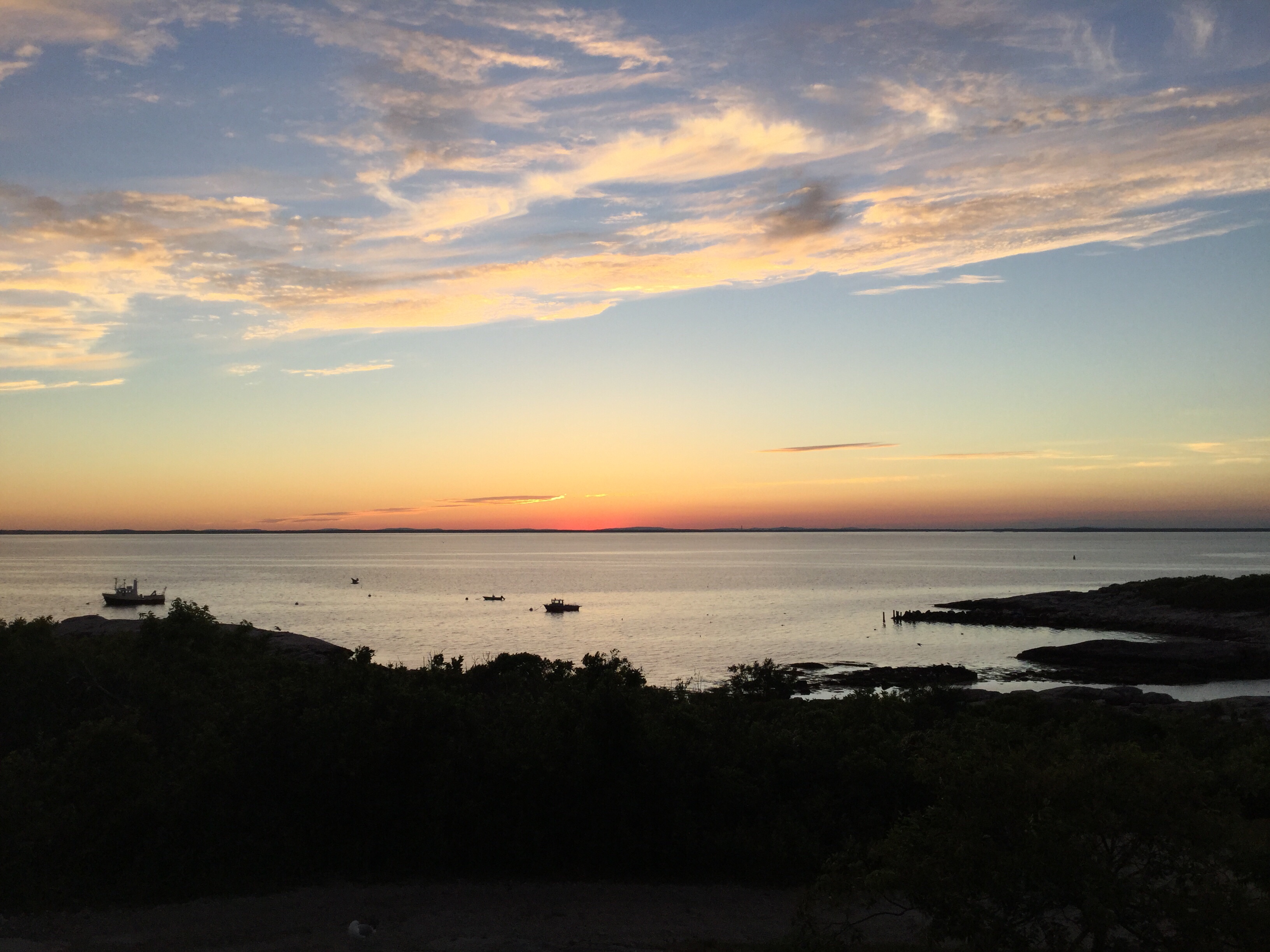“Protea and the Motivation to Stand Tall”
August 5, 2025 - 0 Comments
On our second surprise day in Cape Town we had a “redo” of the initial day we missed because of our first canceled flight from Durban. Does that sentence give you whiplash? That’s where we are!
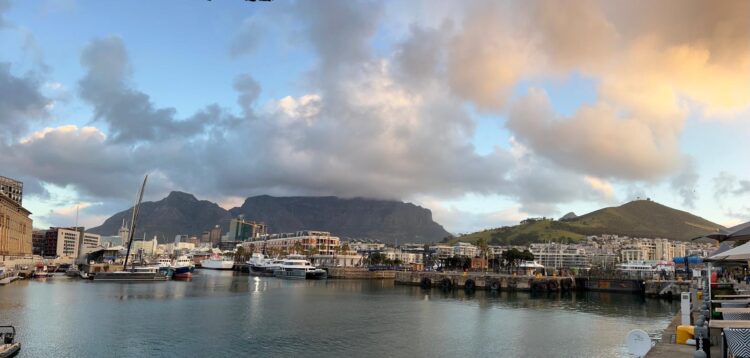
The first perk of the day was sleeping in and enjoying a leisurely buffet breakfast at the hotel. African sunrises are unparalleled, but it’s been nice to let the sun beat us awake lately. We hopped in the shuttle after the rain stopped and headed to Kirstenbosch Botanical Gardens, a destination many of us were sad we previously had to cut from the plans.
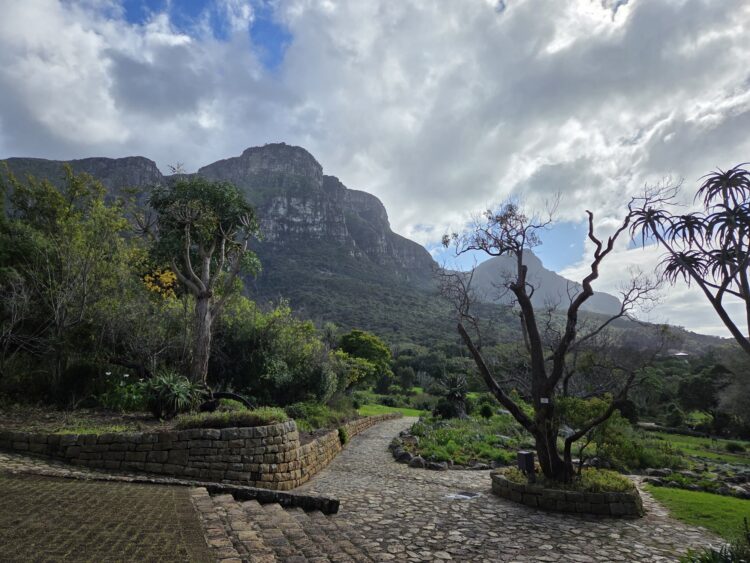
The beauty was beyond our imagination. The biodiversity was incomparable to anything we have at home, notably the fynbos, a unique vegetation found only in the South African Cape. Several of us quickly hauled our backpacks, binoculars, and cameras up the side of Table Mountain to see the national flower of South Africa – the King Protea.
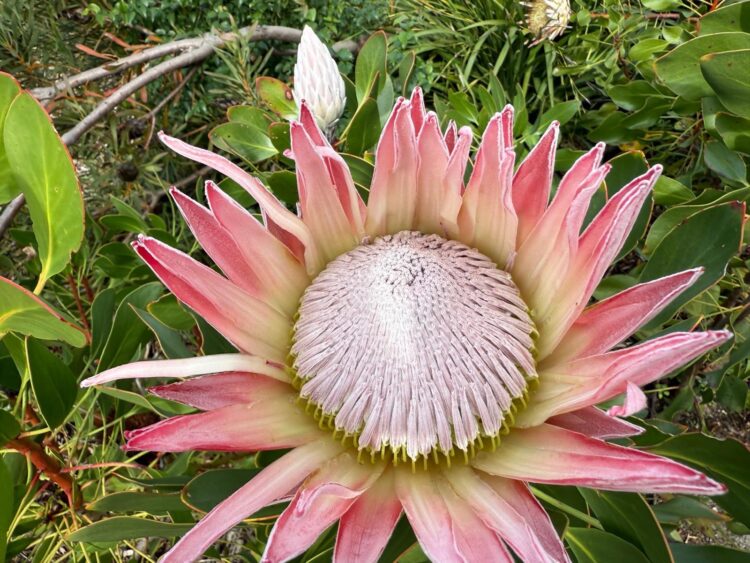
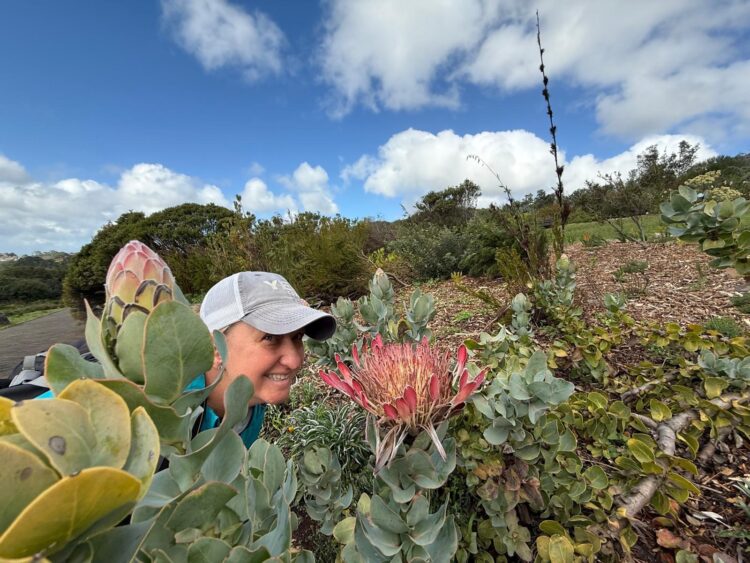
We learned a lot about the protea species while on the Eastern coast, but they weren’t flowering in the dry winter climate. However, the wet season on the Cape has treated us well. The protea sprouts with artichoke-like petals, and opens into a vibrant plate-sized flower. The protea is said to represent transformation, courage, and leadership, qualities we surely have all displayed throughout our (at recent count) 16 days in South Africa. One website said it “can be used to denote the embracement of one’s inner power and motivation to stand tall amidst challenges.” Well, if that doesn’t describe our group, I don’t know what does!
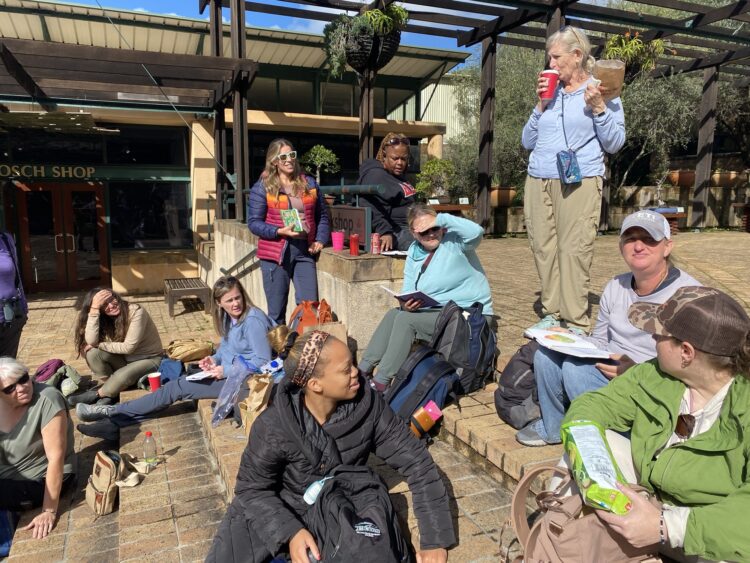
Another interesting agricultural practice we have learned about is the burning of old crops to make way for new growth. Sides of mountains throughout the country have strict lines of division, one side a golden brown and the other a lush light green. Farmers burn one side to clear old crops and fertilize the land to promote successful growth and development. While I don’t think any of us have felt we needed to burn away part of our old selves, we will certainly be returning to North Carolina ready for new growth.
